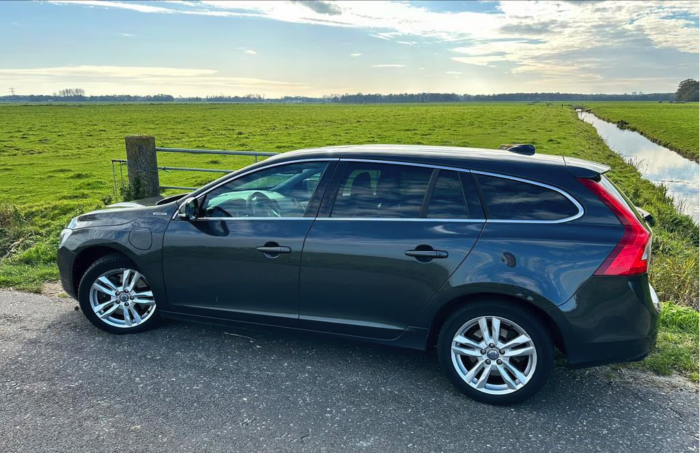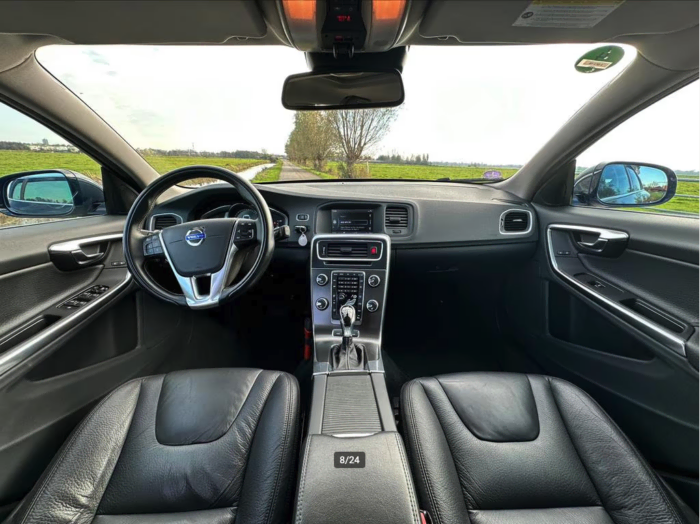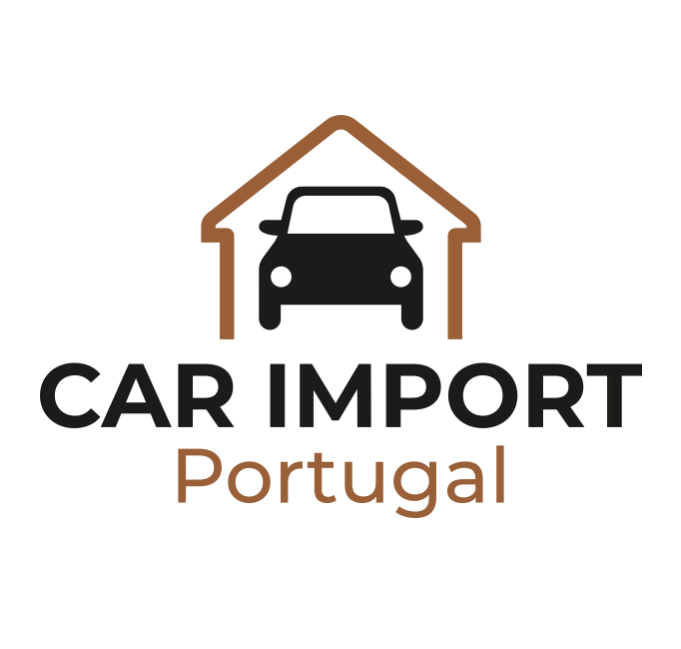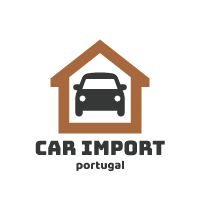A few months ago, a Dutch customer living in Portugal reached out to us. He was interested in purchasing a plug-in hybrid in the Netherlands and bringing it to Portugal. He was considering a few different models and asked for our advice.
Choosing the Right Plug-In Hybrid
I explained that only plug-in hybrids with CO₂ emissions below 50 g/km qualify for the ISV discount. Additionally, the vehicle must be able to drive at least 50 km on electric power. However, as of 2025, a new law will allow certain plug-in hybrids from 2015-2020 to qualify with a minimum of 25 km electric range.
After considering this, he decided on the Volvo V60 Plug-In Hybrid and soon traveled to the Netherlands to pick it up.

Export Plates & Journey to Portugal
Since our customer was no longer a resident of the Netherlands, we advised him to get export plates before purchasing the car. In the Netherlands, these plates are typically valid for two weeks, which gave him plenty of time time to drive the car to Portugal and complete the initial steps of the import process.
His journey back to Portugal went smoothly, with no issues with the car. However, he faced some stress when the Certificate of Conformity (COC) took longer than expected to arrive.
COC Delay & Inspection
The COC document is essential for the vehicle inspection, so we couldn’t proceed with the inspection immediately upon his arrival. Fortunately, the document arrived just before the export plates expired, allowing us to continue with the import process without further delays.

ISV Payment & Registration Delays
The customer preferred to pay the ISV tax directly to the Portuguese authorities. When we submitted the customs application, we sent him the DUC (invoice for the ISV taxes). He paid it the next day, but due to a minor issue in the system, the payment took multiple days to be processed.
By this time, his export plates had expired, meaning he couldn’t legally drive the car until the payment was confirmed and the license number was assigned. Once the payment finally went through, the license number was issued the very next day, allowing him to get his plates and transfer the insurance immediately.
Overall, the import process went smoothly, aside from the short delay in receiving the COC and the processing of the ISV payment.
Key Takeaways
- If you’re purchasing a plug-in hybrid for the ISV discount, ensure it has less than 50 g/km CO₂ emissions and can drive at least 50 km electrically (or 25+ km if it’s from 2015-2020).
- Arrange the COC as soon as possible after purchase. If you can’t get it quickly or need to pay for it, we can provide a COC substitute.
- Small delays at customs can happen, and while they are usually unavoidable, we help minimize the impact on your import process.

![A few months ago, a Dutch customer living in Portugal reached out to us. He was interested in purchasing a plug-in hybrid in the Netherlands and bringing it to Portugal. He was considering a few different models and asked for our advice. Choosing the Right Plug-In Hybrid I explained that only plug-in hybrids with CO₂ […]](https://carimportportugal.com/wp-content/uploads/sites/100/Volvo-v60.png)
